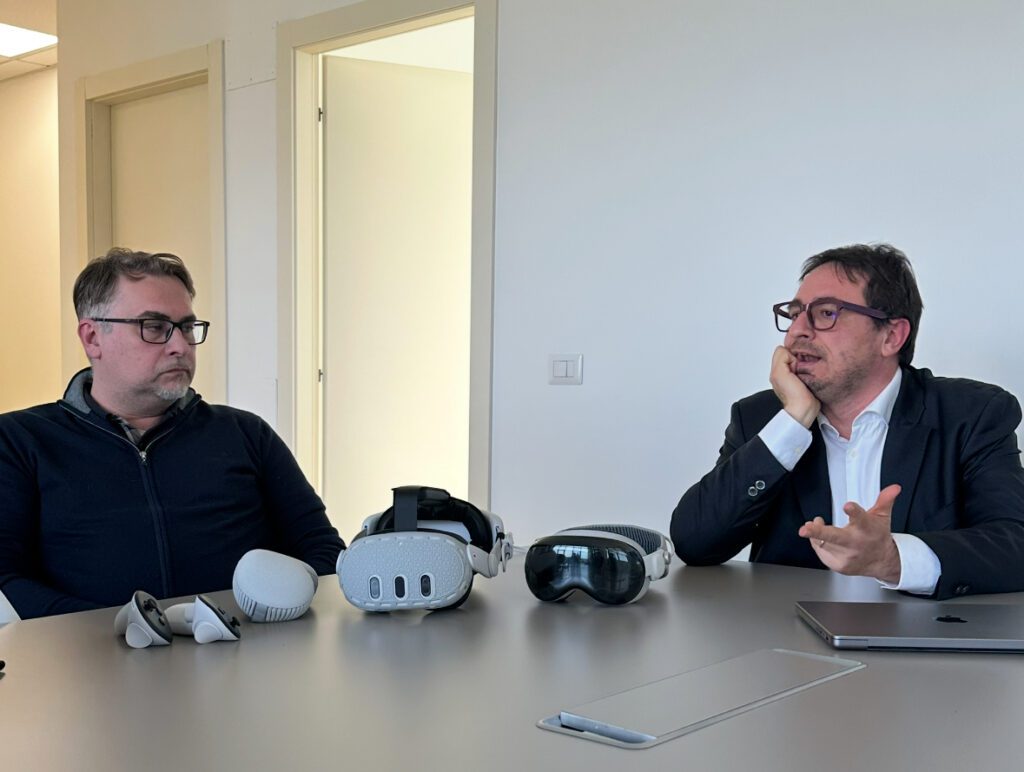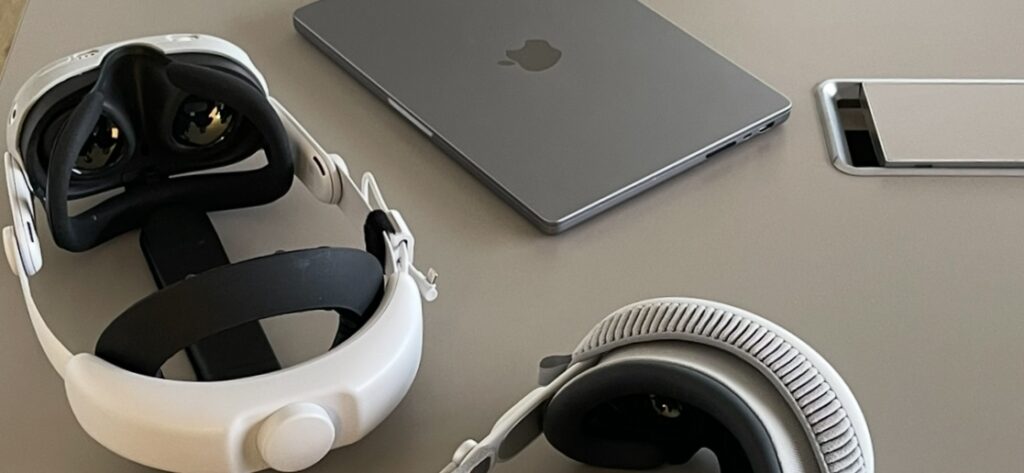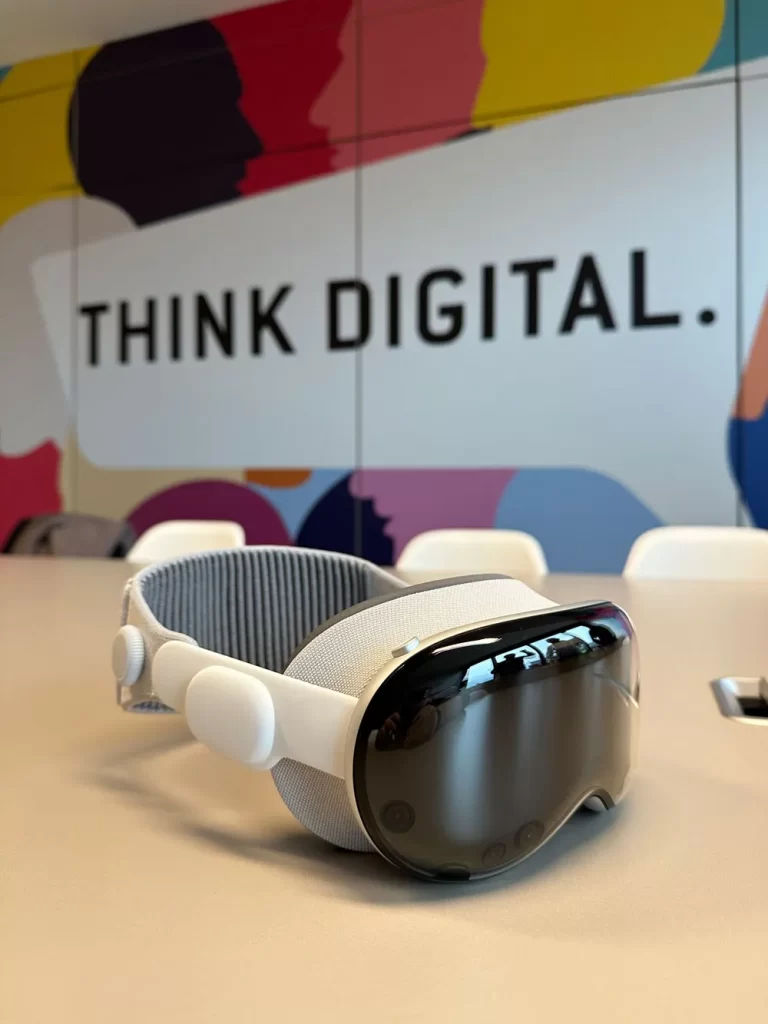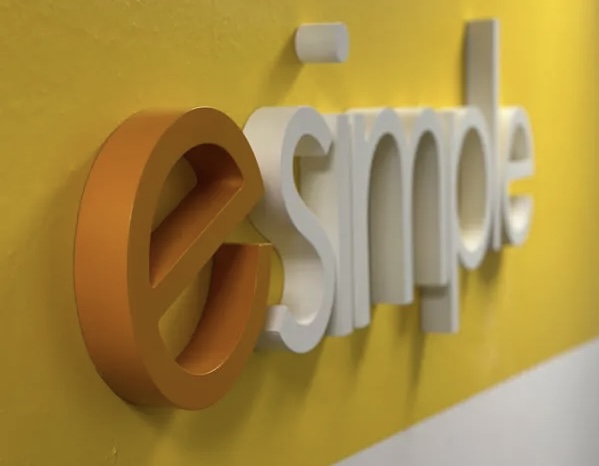Modern technology demands innovation because it has become essential for businesses to survive. Organizations need to embrace both new technologies and market demands since staying relevant depends on their ability to adapt. We had the opportunity to meet with the co-founders of E-Simple, and they shared their experiences about their beginnings. Including the numerous risks along with both failures and successes during its operational timeline. E-Simple’s path to success was not swift and immediate yet it became successful because the company showed determination together with adaptability and innovation. Through its transformation from virtual shopping malls to AI applications, E-Simple presents an example that shows how businesses succeed through ongoing innovation.

The Early Days: A Vision Ahead of Its Time
The foundation of E-Simple emerged during the early 2000s through a daring plan to develop a total 3D virtual shopping mall. The innovative business concept met resistance from an e-commerce market, which at that time was not developed enough to be able to afford the risk. The project had technical potential yet the market environment failed to provide proper conditions. The problem that held it back was the fact that the technology and user acceptance level for this concept simply were not mature enough to allow large-scale implementation during that period.
In response, the team behind E-Simple didn’t give up and they were left with no choice but to transform their approach. They used their initial business setback as an opportunity to learn from instead of abandoning their mission. The company rebranded and shifted its direction from e-commerce to digital technology development in early 2008. It was only then that E-Simple started its path toward tech leadership status through this strategic adaptation.
Obstacles in Fundraising and the Italian Tech Ecosystem
While the idea was a winner, E-Simple encountered its most significant challenge yet. Obtaining sufficient financial resources during its initial operational phase in the precarious environment Italy was in at the time. Italy maintained an underdeveloped venture capital environment during that period which stood in contrast to the established U.S. market that we know today. Investors at that time preferred to support real estate businesses instead of innovative technology startups. The company faced difficulties in obtaining investments because Italian investors refused to risk capital on innovative technology startups. Italy’s limited financial support for emerging technologies made it difficult for startups like E-Simple to operate.
Despite the odds, the company continued their operations.
Francesco created and introduced a company by the name of Livemote in 2017, joining forces with E-Simple and using their new power to make strides. Livemote which developed digital solutions for different industries to their advantage, was they key piece that was needed to grow. Their ability to obtain seed capital and private investor support enabled them to secure necessary funding for growth. The next challenge was against local funding environment, presenting substantial obstacles to the company. Italian investors behaved as financial supporters instead of partners because they delivered capital without offering strategic guidance or mentorship to the company.
Pivoting to Digital Innovation: A New Identity
E-Simple redirected its focus toward digital prototyping and design which led to the development of solutions for sectors far beyond than the idea of virtual malls. E-Simple started its development journey through a major project with Natuzzi which represented a high-end Italian furniture manufacturer. Natuzzi maintained digital product design models but their conventional production methods neglected to implement these models into finished products. The result? The physical items ended up being different from the digital models which created a problematic discrepancy during product development.
E-Simple achieved a breakthrough through this project by proving its capability to develop innovative solutions that merged digital innovation with manufacturing and design sectors. This became the proof of concept for E-Simple and proved to themselves and others that it can be done.

Competing in the Italian Market: Small Fish in a Big Pond
E-Simple faced stiff competition from large technology and infrastructure companies as it expanded its operations. Public contracts for large-scale projects in Italy were usually awarded to giants like Leonardo and Almaviva. Companies that had the infrastructure and financial muscle to meet the tender requirements for events to make themselves known. Nevertheless, these big companies are usually not very good at delivering the complex and innovative solutions that such big projects require. This is where E-Simple’s niche came into play.
Although the bigger companies had the advantage of being bigger, E-Simple was able to get into partnership as a subcontractor for many of these big projects. What made their situation particularly unique was that many of E-Simple’s competitors were also their customers. As they lacked the technical capacity to deliver the promises that they made in the bids, and thus, they had to resort to E-Simple to provide the technical implementation. In some way, E-Simple was competing with and working with the bigger competitors to be able to operate in a market that is cutthroat.
The Role of Acquisition: Scaling Through New Changer
A major development for E-Simple was in 2017 when they were bought by New Changer, a bigger company with ties to the infrastructure and digital sectors. This enabled E-Simple to apply for larger public tenders and also get a foothold in the industry. It also brought with it the financial muscle and credibility to compete with the bigger players in the market.
Being under New Changer’s umbrella was crucial to E-Simple in getting these bigger deals; otherwise, the company would have probably been unable to get them. As is the case in most industries, including technology, being part of a bigger group with better connections and resources can be very beneficial to a company.
Future Prospects: AI and Augmented Reality
In the future, E-Simple is set to be at the leading edge of two of the biggest trends in technology: AI and AR. The incorporation of artificial intelligence in daily activities is gradually becoming a reality with products such as smart home devices and AI-powered customer service bots. E-Simple is specifically interested in computer vision which is the ability of AI systems to interpret and make sense of visual data in real time. With recent development, for instance, Meta’s allowing access to camera feeds for AI-powered applications, E-Simple is in the process of trying to integrate AI with AR to create more immersive experiences.
The team has a vision of a future where smart glasses will be the next step in the fusion of the digital and physical worlds. Think of being in a museum or in the city and being able to get real time information about the place you are in through AR glasses. This integration of AI, AR and wearable tech could change how we interact with and perceive the world around us.

Conclusion: Lessons Learned and the Importance of Curiosity
When looking back at their journey, the founders of E-Simple have a few tips for anyone who wants to innovate: be curious, be open-minded, and always be on the lookout to learn more. They say that innovation is not a job done during office hours only but it is a way of thinking. In order to be successful in the tech world one has to always ask how things work, come up with new ideas, and seek ways to improve on what is already available.
In many ways, the story of E-Simple is one of resilience. Despite the numerous challenges that the company faced in terms of financial, technological and market-related issues, the company did not lose sight of its dream of digital innovation. Rather, they turned their failures into opportunities, always ready to meet new challenges and new opportunities. They are able to innovate within traditional industries and adopt new technologies like AI and AR, which are likely to remain successful in the coming years.
The E-Simple journey shows tech job seekers and startup builders that achieving success means using failures as opportunities to learn and innovate rather than trying to prevent them.


Leave a Reply